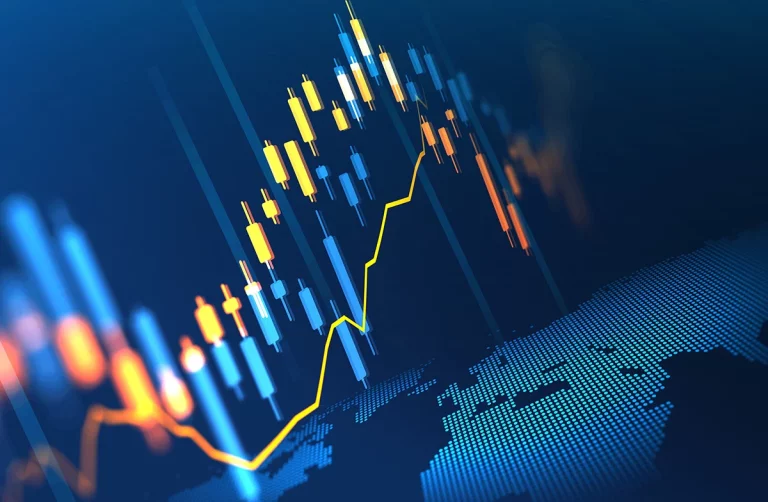
Sustainable Living: Emerging Trends for 2025
Focus Keyword: Sustainable Living
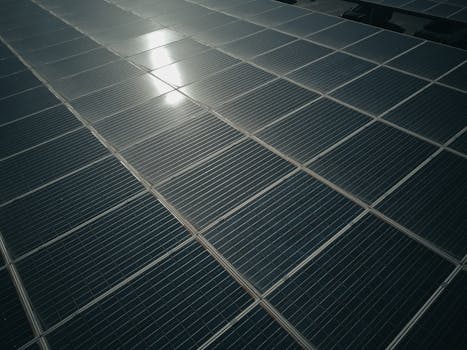
Sustainable living is becoming increasingly important as the world grapples with climate change, pollution, and resource depletion. In 2025, several emerging trends are expected to shape the way we live, work, and interact with the environment. From renewable energy to zero waste, these trends offer a glimpse into a more sustainable future.
Section 1: Renewable Energy
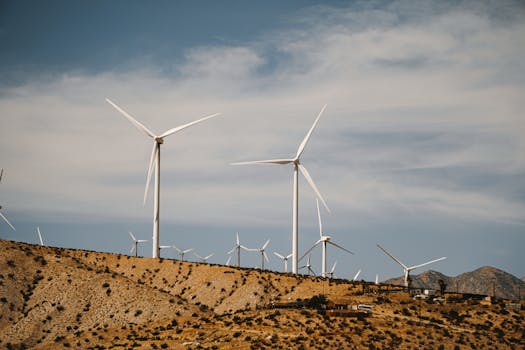
Rapid advancements in technology have made renewable energy sources like solar, wind, and hydroelectric power more efficient and cost-effective. In 2025, we can expect to see widespread adoption of renewable energy, with many countries aiming to become carbon neutral. Some of the emerging trends in renewable energy include:
- Solar Energy 2.0: Next-generation solar panels with improved efficiency and durability
- Wind Energy 3.0: Larger, more efficient turbines that can harness wind energy in a wider range of conditions
- Hydrokinetic Energy: Harnessing the power of moving water in oceans, rivers, and tidal currents
Section 2: Zero Waste

The zero-waste movement is gaining momentum, with many individuals, businesses, and governments striving to reduce waste and promote recycling. In 2025, we can expect to see innovative solutions for reducing waste, such as:
- Biodegradable Packaging: Plant-based packaging materials that can replace plastic and other non-biodegradable materials
- Composting Toilets: Innovative toilet systems that convert human waste into nutrient-rich compost
- Sharing Economies: Platforms and apps that facilitate sharing, swapping, and renting of goods, reducing the need for single-use products
Section 3: Eco-Friendly Transportation

Transportation is a significant contributor to greenhouse gas emissions, but emerging trends are set to change this. In 2025, we can expect to see:
- Electric Vehicles 2.0: Improved battery technology and charging infrastructure, making electric vehicles more viable for long-distance travel
- Hyperloop Systems: High-speed transportation systems that use vacuum-sealed tubes and magnetic levitation, reducing travel time and emissions
- Sustainable Aviation: Alternative fuels, such as biofuels and hydrogen, that can reduce emissions from air travel
Section 4: Sustainable Food Systems
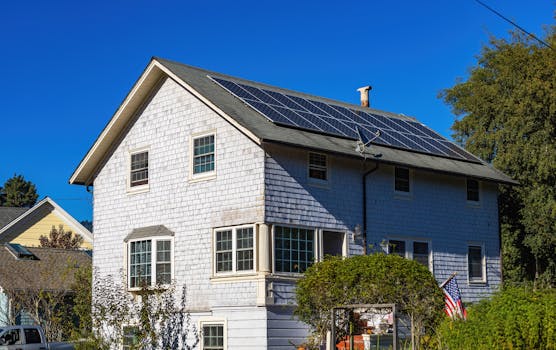
The way we produce, process, and consume food is a significant contributor to environmental degradation. In 2025, we can expect to see:
- Vertical Farming: Indoor agriculture that uses hydroponics, aeroponics, or other soilless cultivation methods to grow crops
- Regenerative Agriculture: Farming practices that prioritize soil health, biodiversity, and ecosystem services
- Alternative Protein Sources: Plant-based protein sources, such as lab-grown meat, insects, and algae, that reduce the environmental impact of animal agriculture
Conclusion
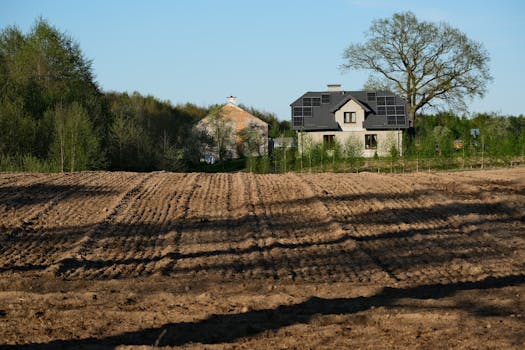
Sustainable living is no longer a niche concept, but a necessary step towards creating a more environmentally conscious and equitable world. As we look to 2025, these emerging trends offer a glimpse into a more sustainable future, where technology, innovation, and human ingenuity come together to reduce our impact on the planet.


